Unlike other Wi-Fi extenders, the NexusLink wireless gaming bridge acts like a wireless cable for connecting Ethernet devices to a router. It is quick and easy to set up, but falls short with respect to throughput and is less flexible than a true Wi-Fi extender. Still, it is reliable and comes with a two-year warranty.
Our review of the NexusLink Wireless Gaming Bridge will help you decide if this is what you need for your gaming setup, or if you're better off with the best Wi-Fi extender instead.
The NexusLink Wireless Gaming Bridge (aka WB-1750-Kit) is a wireless bridge that can connect clients and routers on opposite sides of the house. The kit includes a transmitter unit and a receiver unit and costs $120.
While not the largest extender on the market, the NexusLink Wireless Gaming Bridge comes close. That's because it has a unique way of extending your network into new territory. Instead of grabbing a weak Wi-Fi signal, boosting it, and then retransmitting it to fill in dead spots, it's a Wi-Fi bridge that connects both ends with an Ethernet cable. Think of it as a wireless version of an Ethernet cable, and you can see the potential of the WB-1750.
The black and white WB-1750 units each measure 7.4 x 5.9 x 2.3 inches, about one-third the size of Netgear's giant Nighthawk EAX80; like the EAX80, the EB-1750 uses an external power supply. It has four internal antennas that cannot be pointed; the WB-1750 transmits data using only the 5 GHz band.
The WB-1750 unit has a control panel with seven LEDs indicating connection status, power, Wi-Fi link, and which Ethernet port is active. There is also a WPS LED for when the instant connect routine is being used. It also illuminates when the unit is configured as AP (for data transmission) or Station (for data reception).
On the back there is a switch for AP/Station, a button for starting the WPS protocol, an on/off key, and an embedded reset button. There is a pair of gigabit/second Ethernet ports. In addition to acting as a bridge, like a wireless Ethernet cable, the WB-1750 can also act as an access point, although its transmissions are limited to the 5 GHz band. Finally, the WB-1750 can stream data directly to a VR headset.
The WB-1750 uses Wi-Fi as the link between the two wired stations, requiring an Ethernet device on each end. With the transmitting access point connected to an Asus AXE-11000 router and the receiving station located 40 feet away and connected to a Samsung Google Book Pro receiving system with a 10-foot Cat 6 cable, a throughput of 143.2 Mbps was This was achieved with a D-Link RE7070. This is slightly more bandwidth than the D-Link RE705X's 125.4 Mbps, but not far behind the Nighthawk EAX80's 358.0 Mbps or the TP-Link RE705X's 528.0 Mbps.
The pair of WB-1750s had a distance of 110 feet from the router to the location where contact was lost. The range of the extenders was 40 feet from the router, measured from where they were connected.
The iPad Pro worked well for playing 4K video and music as well as sending and receiving email. Each unit consumed 3.3 watts of power while in use, and at the national average of 15 cents per kilowatt-hour for electricity with the power on, the two units cost an estimated $8.70 to use. This is slightly less than the $11 per year for the Nighthawk. The equipment never gets warmer than 85 degrees Fahrenheit.
The WB-1750 uses Wi-Fi to connect the two boxes, but does not broadcast a new Wi-Fi signal. An Ethernet device is required on both ends. While other Wi-Fi is up-to-date with 802.11ax (Wi-Fi 6) format, the WB-1750 is going back to the 802.11ac (Wi-Fi 5) era; it uses MUMIMO and can handle data flows of up to 1.750 Gbps. Data travels in 4X4 streams.
There is a pair of gigabit-per-second LAN connectors on the back of each unit, one used to connect to a router or receiving device. There is no USB port for connecting a storage drive, but the WB-1750 has an on/off button and an embedded reset key.
There are two ways to connect the two WB-1750s: manually or using the WPS system. The former took less than 5 minutes, while the latter took less than a minute. After both units were connected, the sending unit was configured as the AP and the receiving unit as the station.
After pressing the WPS button on each unit, the rest was done automatically. The two units were linked in about 30 seconds, and their respective WiFi lights lit green, indicating a secure link.
At first glance, there does not appear to be much to configure or customize, but the units have a connected browser interface. If there is a connection problem, this interface can scan for active WB-1750 units and reboot them or update their firmware.
The ability to fine-tune DTIM duration, TX rate, and beacon interval allows for more fine-tuning of data flow than traditional extenders.
One of the more intriguing customization options is to set the bandwidth (actually the data channel width) to 80 MHz.
NexusLink offers a two-year warranty and unlimited support on the WB-1750. This falls between Netgear and D-Link's policy of a one-year warranty and limited support, and Tenda's A27's three-year warranty and lifetime support.
NexusLink's support page does not offer much help with troubleshooting, setting up the device, or getting new software. The help desk is only open weekdays from 5 am to 5 pm (Pacific Time) and weekends from 8 am to 5 pm.
While avoiding the traditional Wi-Fi extender format, the NexusLink Wireless Gaming Bridge (WB-1750) can send data wirelessly to previously unconnected parts of the home, but to work, each end Ethernet device is required. Its throughput was underwhelming, but the 110-foot range could be a winner in larger homes or those with dead zones in attics and basements.
The Linksys RE7310 may be a better choice if you are working with less range to cover and you have money to spend, while the D-Link Eagle E15 makes more sense if you are on a tighter budget.
.
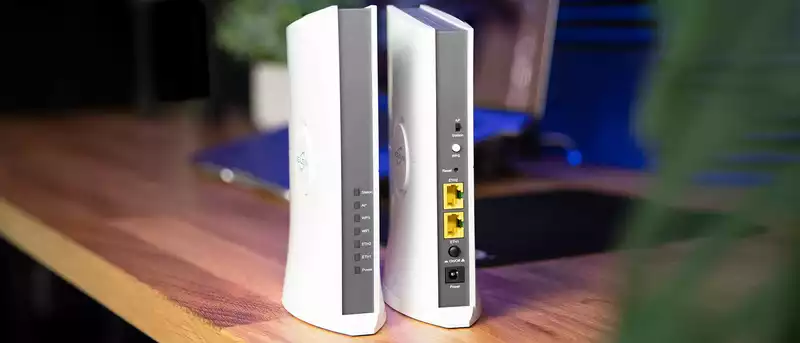


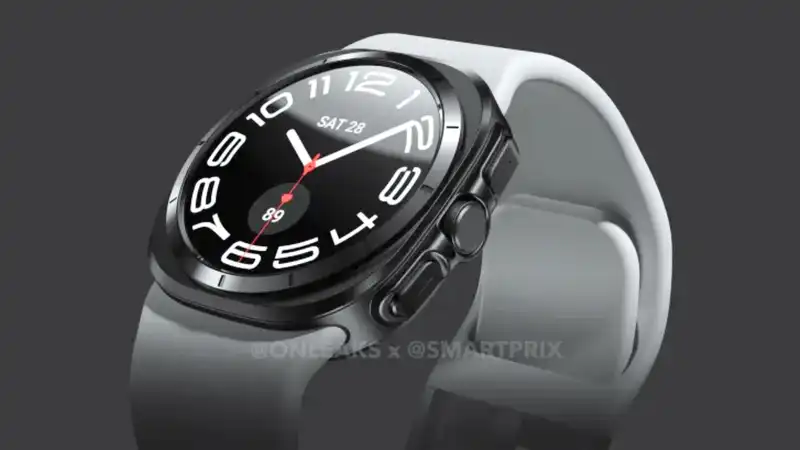
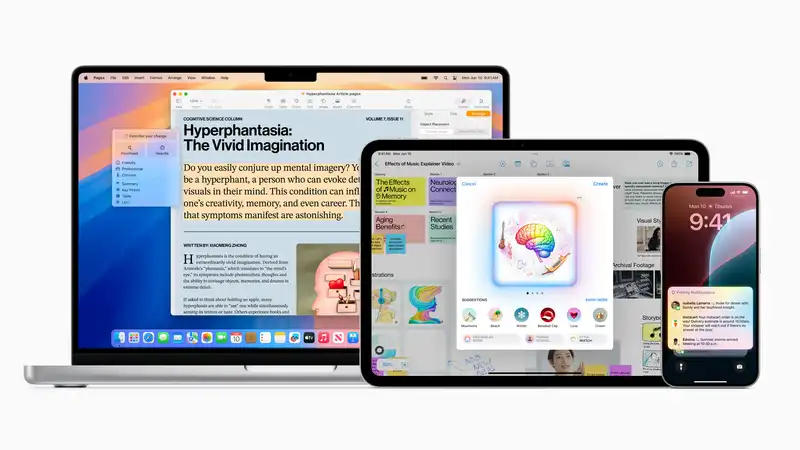

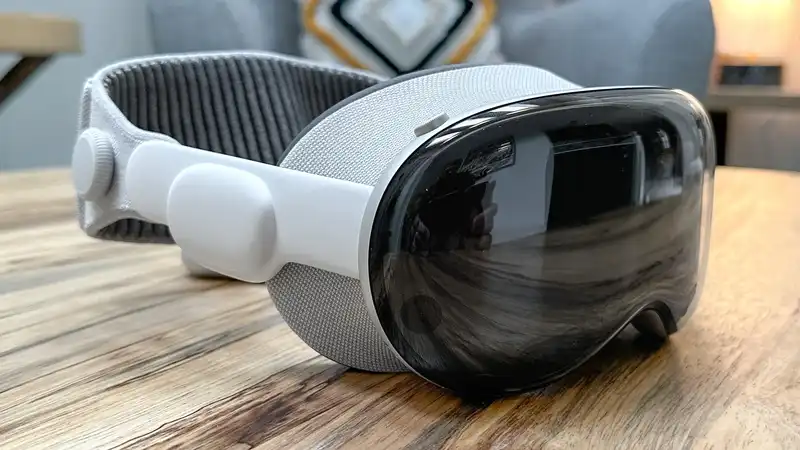
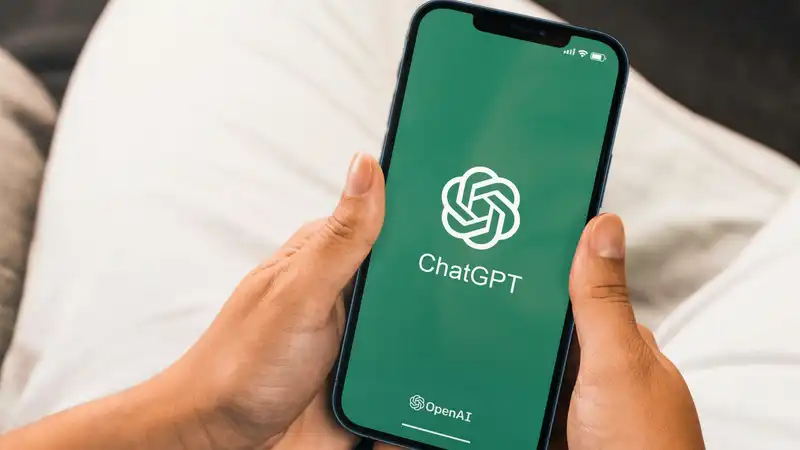
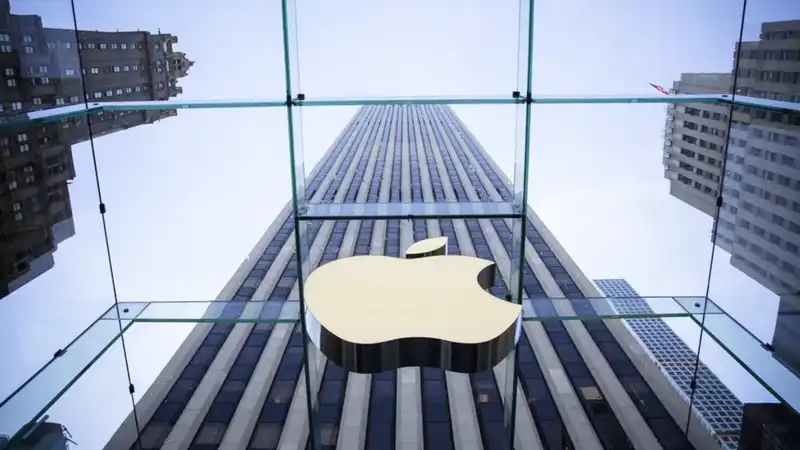
Comments